“除非有人喜欢你在乎整个很多,nothing is going to get better. It’s not.” – The Lorax, by Dr. Seuss
It’s time to warm up to worms! Did you know in ancient Egypt under Cleopatra’s rule, it is reported that anyone who knowingly killed a worm would be sentenced to death?
Composting in your classroom is easy, and you will be surprised at how little mess and odor there is! You don’t need expensive large compost bins that require lots of maintenance to keep them running. In this blog, I will show you one of the easiest and cheapest ways to create a composting system in your classroom.
You can compost without worms, however, worms are fun! Kids love them and it will ensure that the process of decomposing happens a lot quicker!
All while teaching your students about sustainability and doing your bit for the environment.
Composting Chatter
It’s important to talk to your class about what composting is and how it helps the environment. I found this really cute video on YouTube which explains, in kid-friendly terms, why it is important to compost.
We have also developed these cute posters which explain to studentsthe compost cycle,what goes in a compost binandhow food scraps going to landfills can harm the environment.
Warming Up to Worms
Worms are the best for composting boxes. The feeders that are used are manure worms, red wigglers or redworms. You can purchase a box of wriggly worms from Bunnings or any good hardware store.

Step-By-Step Composting Set-Up
首先,你需要两个塑料tubs. Worms like the dark! So tubs that are not see through are essential! I purchased these tubs from Bunnings.
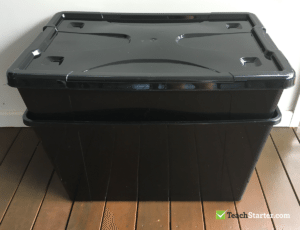
You need to make sure the gap between the top tub and bottom tub is big enough to catch all of the excess liquid and worm wee!
I popped two smaller plastic containers at adjacent corners and placed the top tub on top!
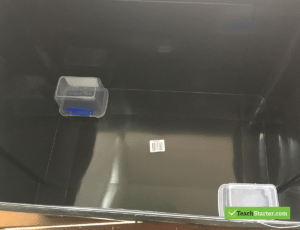
Next, you need to drill holes into the bottom of the top container, the lid and around the top edge of the container. Ventilation is crucial in this process.
The holes also allow the excess liquid to drain out!
Make sure the holes are small enough so that the worms can’t wiggle out of them!

Now you are ready to fill the compost tub with essential items to help begin the composting process.
I used soil, shredded paper, and some food scraps! Mix it all up and give it a bit of a spray with water to moisten the worms new home!
Make sure your students are wearing gloves when handling anything to do with the compost bin!
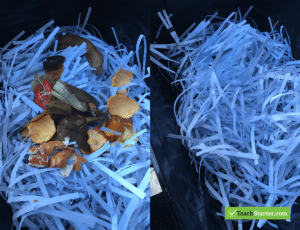
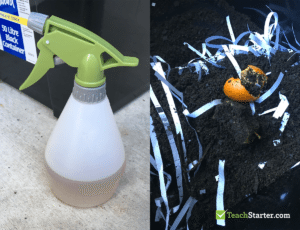
Now, slowly place the worms into their new home. Place the lid on top and let the worms explore!
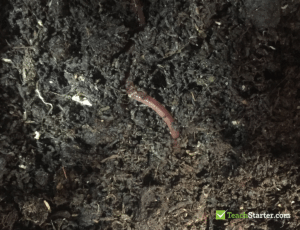
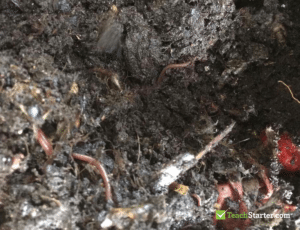
Then, just add some food scraps to keep the worms happy!
Sprinkle the surface with water every other day. You want the compost to have the dampness of a wrung-out sponge.
Possible Australian Curriculum Links
- Different materials can be combined, including by mixing, for a particular purpose (ACSSU031).
- Everyday materials can be physically changed in a variety of ways (ACSSU018).
- Earth’s resources, including water, are used in a variety of ways (ACSSU032).
- Science involves asking questions about, and describing changes in, objects and events (ACSHE021, ACSHE034).
- People use science in their daily lives, including when caring for their environment and living things (ACSHE022, ACSHE035).
- Living things can be grouped on the basis of observable features and can be distinguished from non-living things (ACSSU044).
- Science knowledge helps people to understand the effect of their actions (ACSHE051, ACSHE062).
- The sustainable management of waste from production and consumption (ACHGK025).
- Science knowledge helps people to understand the effect of their actions (ACSHE050, ACSHE062).







